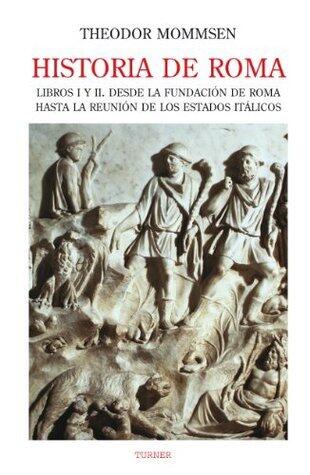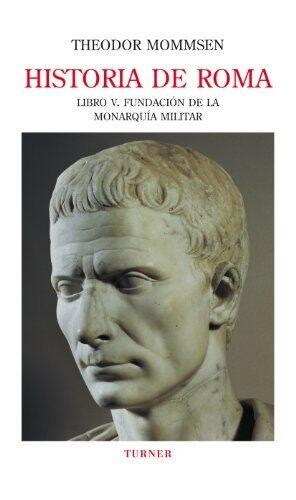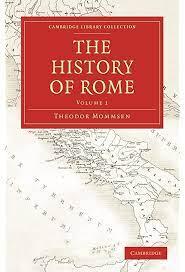
Historia de Roma. Libro IV. La revolución
아직 평점이 없습니다
형식
킨들
페이지
582
언어
영어
출판됨
Mar 29, 2012
출판사
Turner
설명
The fourth volume explores the tumultuous period of political and social upheaval that marked a significant transformation in Roman history. It delves into the complexities of the revolution, providing insights into the events that led to widespread unrest and the consequent shifts in power dynamics. The narrative is rich with detailed accounts of the key figures and factions that played pivotal roles during this era, shedding light on their motivations and actions.
As the fabric of Roman society begins to fray, readers are invited to witness the struggles and aspirations of various groups vying for influence and control. The interplay between the ruling elite and the discontented populace is intricately examined, revealing the underlying tensions that precipitated dramatic changes. Through careful analysis, this volume highlights how these revolutions not only reshaped Rome but also set the stage for the future of the empire.
The contributions of esteemed scholars bring a depth of perspective, allowing for a multifaceted understanding of these historical events. Each chapter weaves together accounts of conflict, reform, and resilience, rendering a vivid portrayal of a society in the throes of transformation. The weight of history combined with analytical rigor makes this volume an essential part of the comprehensive study of Rome's revolution.
As the fabric of Roman society begins to fray, readers are invited to witness the struggles and aspirations of various groups vying for influence and control. The interplay between the ruling elite and the discontented populace is intricately examined, revealing the underlying tensions that precipitated dramatic changes. Through careful analysis, this volume highlights how these revolutions not only reshaped Rome but also set the stage for the future of the empire.
The contributions of esteemed scholars bring a depth of perspective, allowing for a multifaceted understanding of these historical events. Each chapter weaves together accounts of conflict, reform, and resilience, rendering a vivid portrayal of a society in the throes of transformation. The weight of history combined with analytical rigor makes this volume an essential part of the comprehensive study of Rome's revolution.






